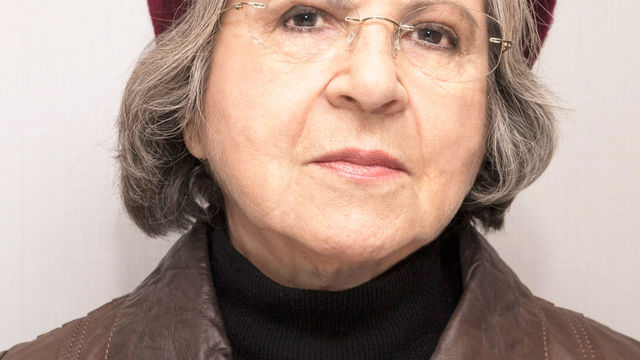
Sonia Gutiérrez
The Colombian painter and printmaker Sonia Gutiérrez was born in 1947 in Cúcuta, capital of the Norte de Santander department of Colombia, which borders Venezuela. Gutiérrez participated in her first group exhibition in 1962, the same year she enrolled in the Escuela de Bellas Artes, Universidad Nacional. She would eventually further her studies in Paris by attending Atelier 17, founded by the English artist Stanley William Hayter (1901–1988). Known only locally in the early 1960s, by 1967 Gutiérrez would become one of Colombia's most promising young artists after she participated in several exhibitions in the capital, Bogotá. A key exhibition for Gutiérrez was Los que son (1968), curated by the influential Argentine art critic Marta Traba, who claimed that the young Colombian artist "reveals a new vision of Colombia, similar to what the Beatles [and] the hippies" had done in the rest of the world.# Gutiérrez's work during this time consisted primarily of genre paintings in which faceless characters relate to one another in casual environments painted over vividly colored background planes. The thick contours of her figures—combined with the use of patterns and textures to model clothing, accessories, and furniture—became for a time her signature style. This pop art aesthetic led Gloria Valencia Diago, another art critic, to call her "go-go de pies a cabeza" (go-go from head to toe).#
In the 1970s Gutiérrez changed her tone and assumed an overtly political attitude that culminated with her sudden exile from the artistic scene of Colombia. In her paintings and prints from the 1970s and early 1980s, while continuing to retain a pop art aesthetic, she denounced acts of torture and persecution by utilizing ropes and bonds of fabric on unidentified bodies. In this way her work represents a version of pop art that opposed the banality of the message, opting rather to communicate a social and political meaning. During her more active years, in the 1960s and 1970s, Gutiérrez had solo exhibitions in the Colombian cities of Bogotá, Cúcuta, Medellín, and Bucaramanga. She was also invited to participate in group shows in Colombia and internationally, including in Caracas, Lima, Havana, Paris, and Prague. During this time she received such distinctions as the Premio Pintura at the 3rd Salón 10 de mayo (1965) and Primer Premio Dibujo at the 10th Salón Cano (1966) and honors at the 1st Bienal Iberoamericana de Pintura Coltejer in Medellín (1968) with her painting Pintura Pop (1968).
—Marcela Guerrero
Selected Exhibitions
1967 19th Sala Gregorio Vásquez, Biblioteca Nacional, Bogotá
1967 Salón de Artistas Nacionales, Biblioteca Luis Ángel Arango, Bogotá
1968 Bienal Iberoamericana de Pintura Coltejer, Medellín, Colombia
1968 1st Bienal de Artes Plásticas, Lima
1991 Artistas santandereanos en la década del 1960, Museo de Arte Moderno de Bucaramanga, Colombia
Selected Bibliography
Estrada, Leonel. Tercera Bienal de Arte Coltejer, Medellín, Colombia, 1972. Medellín, Colombia: Colina, [1973].
Gómez Echeverri, Nicolás. "Colombia y el arte pop: Selección de obras de la colección del Banco de la República." http://www.banrepcultural.org/warhol/colombia/gutierrez.html.
López Barbosa, Fernando. Artistas santandereanos en la década de 1960. Bucaramanga, Colombia: Banco de la República, 1991.
La nueva gente del museo. Bogotá: Instituto Colombiano de Cultura, [ca. 1972–78].
Traba, Marta. Historia abierta del arte colombiano. Cali, Colombia: Edición Museo de Arte Moderno La Tertulia, 1974.


